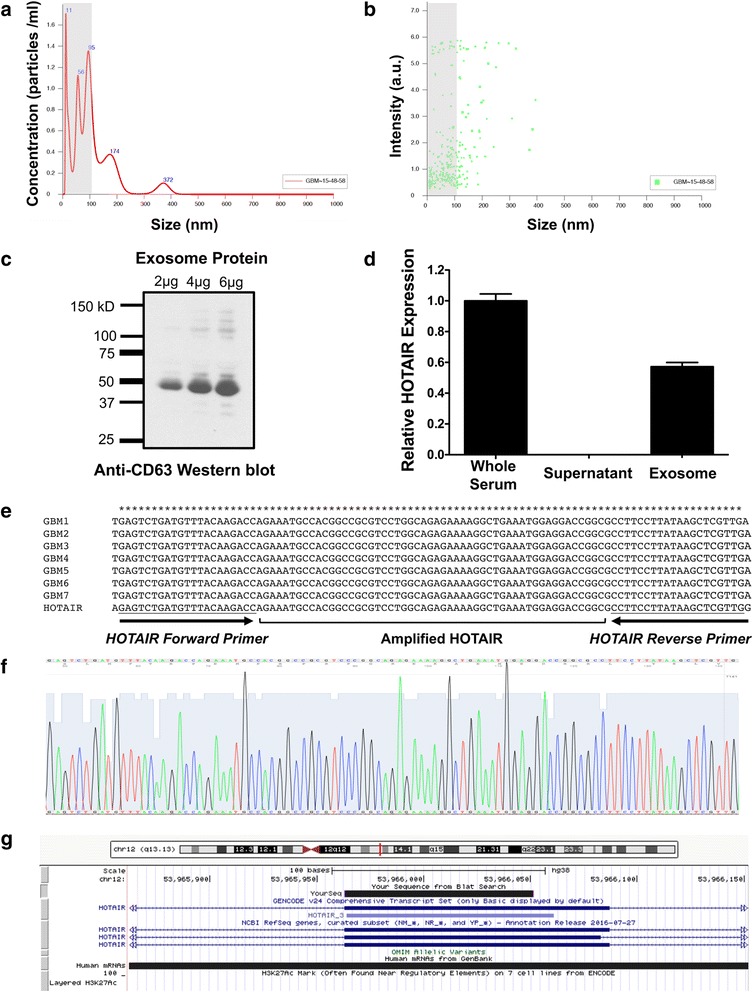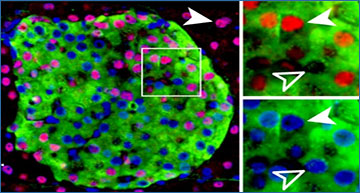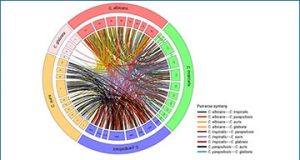Glioblastoma multiforme (GBM) is the most common and aggressive malignant adult primary brain tumor. Despite surgical resection followed by radiotherapy and chemotherapy, the median survival rate is approximately 14 months. Although experimental therapies are in clinical trials for GBM, there is an urgent need for a peripheral GBM biomarker for measuring treatment response. Researchers from the University of Miami Miller School of Medicine have previously demonstrated that the long noncoding RNA HOX Transcript Antisense Intergenic RNA, or HOTAIR, is dysregulated in GBM and required for GBM cell proliferation. They now hypothesized that HOTAIR expression may be utilized as a peripheral biomarker for GBM.
HOTAIR expression was measured in serum from 43 GBM and 40 controls using quantitative real-time PCR (qRT-PCR). The PCR products were subsequently subcloned into pCR™4-TOPO®TA vectors for DNA sequencing. A ROC curve was also generated to examine HOTAIR’s prognostic value. The amount of HOTAIR in serum exosomes and exosome-depleted supernatant was calculated by qRT-PCR. The relative HOTAIR expression was also investigated in 15 pairs of GBM serum and tumors. The researchers detected HOTAIR in serum from GBM patients. HOTAIR levels in serum samples from GBM patients was significantly higher than in the corresponding controls (P < 0.0001). The area under the ROC curve distinguishing GBM patients from controls was 0.913 (95% CI: 0.845-0.982, P < 0.0001), with 86.1% sensitivity and 87.5% specificity at the cut-off value of 10.8. HOTAIR expression was significantly correlated with high grade brain tumors. In addition, Pearson correlation analysis indicated a medium correlation of serum HOTAIR levels and the corresponding tumor HOTAIR levels (r = 0.734, P < 0.01). They confirmed via sequencing that the amplified HOTAIR from serum contained the HOTAIR sequence and maps to the known HOTAIR locus at 12q13. The serum-derived exosomes contain HOTAIR and the purified exosomes were validated by western blot and nanoparticle tracking analysis. Importantly, these results demonstrate that serum HOTAIR can be used as a novel prognostic and diagnostic biomarker for GBM.
HOTAIR is enriched in exosome fraction of GBM serum
Exosomes were purified as previously described and the level of HOTAIR was measured by qRT-PCR. a, b Exosomes were found to be 100 nM or smaller (gray regions) in size as judged by NanoSight analysis. c Exosome-enriched protein CD63 was detected by Western blot analysis. d HOTAIR was present in whole serum and purified exosomes but not in serum supernatant depleted of exosomes. e Sequencing of HOTAIR qRT-PCR products amplified from GBM serum demonstrates the HOTAIR sequence. We amplified HOTAIR in GBM patient serum using qRT-PCR, followed by subcloning the corresponding PCR products into pCR™4-TOPO®TA vector and sequencing the inserts. We found that the inserts indeed contained HOTAIR sequence, f that it corresponds to the predicted HOTAIR sequence, and g mapped to the HOTAIR locus on the USC browser
 lncRNA Blog lncRNA Research and Industry News
lncRNA Blog lncRNA Research and Industry News








